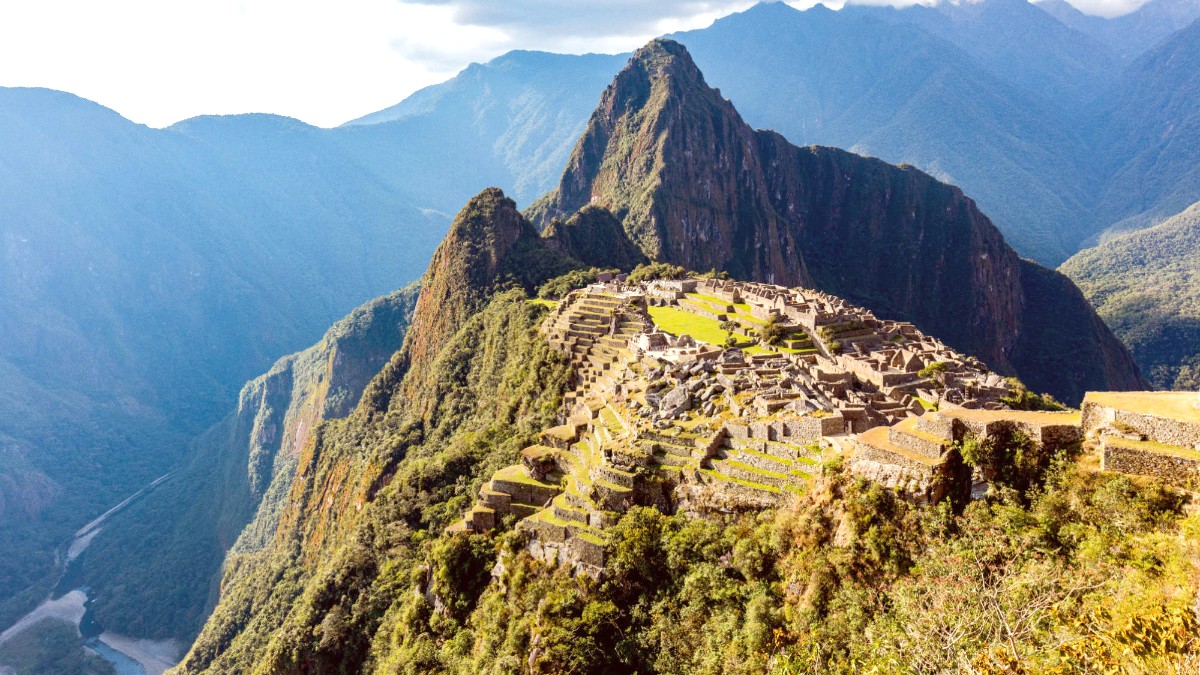
Cuzco And The Sacred Valley, Peru
Peruvian cuisine represents a rich fusion. In the Sacred Valley, a focus remains on Andean ingredients. These include thousands of potato varieties, gigantic kernels of corn, quinoa, and various meats like alpaca, guinea pig (cuy), and chicken.
This unique blend reflects centuries of cultural exchange and adaptation.
Often includes bread, cheese, eggs, fruit, coffee, and tea. Many hotels provide a continental breakfast.
The largest meal. Many local restaurants provide a "menú del día" (set menu) which typically includes a soup, a main course, and a drink at a reasonable price.
A lighter meal. Options include sandwiches, soup, or a smaller main dish.
Located at the train station, offering a more upscale dining experience. It highlights organic ingredients from its own farm.
More refined dining, organic produce.
Focuses on traditional Peruvian food using local ingredients. Known for authentic flavors.
Authentic Peruvian, local ingredients.
A popular choice for international and vegetarian options. It supports local initiatives.
International, vegetarian, social support.
Empanadas, Anticuchos (grilled beef heart skewers), Salchipapas (fried hot dogs and french fries), and Picarones (sweet potato fritters with syrup).
Chicha Morada (purple corn drink), Inca Kola (national soft drink, Find on Amazon), Pisco Sour (national cocktail), Chicha de Jora (fermented corn beer, found in chicherias).
Vegetarian and vegan options are increasingly available, especially in tourist-oriented restaurants. Many traditional Peruvian dishes feature potatoes, corn, and quinoa.
Halal and kosher availability is extremely limited in Ollantaytambo. Visitors with strict requirements may consider self-catering or bringing certified snacks.
Many traditional Peruvian dishes are naturally gluten-free (e.g., potato-based, rice-based meals). Cross-contamination is a risk in smaller kitchens.
Some local guesthouses or small tour operators in Ollantaytambo or nearby Urubamba provide cooking classes, focusing on Andean cuisine. Food tours are more prevalent and comprehensive in Cusco.
Hands-on experience with local ingredients.
El Albergue Ollantaytambo has an organic farm on its premises that visitors tour. This provides insights into local produce and traditional farming methods, showing farm-to-table processes.
Learn about local produce and farming.
A traditional Andean earth oven feast, for special occasions or community tourism.
Local festivals, often tied to Catholic saints' days, frequently highlight special traditional foods.
Increasingly available in health food stores and modern cafes, ideal for a quick bite.
Try Mazamorra Morada (purple corn pudding) and Arroz con Leche (rice pudding).
Tipping is appreciated but not mandatory. A 10% tip is common for good service in tourist-oriented restaurants.
Round up the bill or leave a few soles in local eateries.
Saying "Buen provecho" (enjoy your meal) to fellow diners is a common courtesy in Peru.
Acknowledge those around you at meal times.
Peru's national cocktail, Pisco Sour, is made with pisco (grape brandy), lime juice, simple syrup, egg white, and Angostura bitters.
A traditional fermented corn beer, often home-brewed. Look for red or white flags outside local chicherias to locate it.
Participate in hands-on cooking classes that highlight Andean cuisine. Learn to prepare traditional dishes using local ingredients.
Visit El Albergue Ollantaytambo's organic farm. See how produce grows and makes its way to the restaurant table.
Participate in a traditional Andean earth oven feast. This unique cultural and culinary event includes cooking meats and vegetables underground on hot stones.
"Soy vegetariano/a" (I am vegetarian), "Soy vegano/a" (I am vegan), "Sin gluten" (without gluten).
Write these down or use a translation app.
"¿Qué ingredientes lleva?" (What ingredients are in it?), "¿Contiene [allergen]?" (Does it contain [allergen]?).
Clear communication is for specific needs.
Ollantaytambo's cuisine strongly reflects its Andean heritage, with staples like potatoes, corn, and quinoa.
Experience dishes like Lomo Saltado, a tasty blend of Peruvian and Chinese influences.
Do not miss a refreshing Chicha Morada or a classic Pisco Sour.